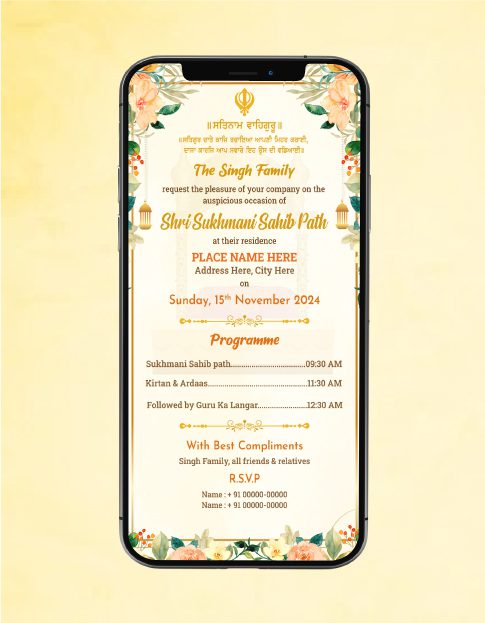

The ashes are collected after the cremation and later disposed of by immersion in the nearest river or sea. At the end of the cremation the member of the funeral party return to their homes. Where cremation is not possible, disposal of the dead body by placing it in the sea or river is permitted. The eldest son or a close relative generally does the cremation. On arrival at the crematorium, a brief speech about the deceased is generally given the Sohila, bedtime prayer is recited and the Ardas, formal prayer is offered. A prayer is said before the start of the funeral to seek salvation for the departed soul. In Punjab, body will be burnt on the funeral pyre, but in Western countries crematorium is used. If the death occurs in a hospital, the body is taken home for viewing before the funeral. For cremation, the body is first washed and dressed with clean clothes complete with the Five K’s (in case of baptized Sikhs). When a death occurs, they exclaim ‘Waheguru’, the Wonderful Lord.

The death ceremony may be split into two parts Saskar, the cremation and the Antim Ardas, the final prayer at the end of the Bhog ceremony.Īt a Sikh’s death-bed, relatives and friends read Sukhmani Sahib, the Psalm of Peace, composed by the fifth Guru Arjan Dev Ji, to console themselves and the dying person.
SUKHMANI SAHIB PATH INVITATION TEMPLATE FULL
Mourning is therefore discouraged, especially in the case of those who have lived a long and full life. To a Sikh, birth and death are closely associated, because they are both part of the cycle of human life, Ava Guvan, which is seen as transient stage towards Nirvana, complete unity with God.


 0 kommentar(er)
0 kommentar(er)
